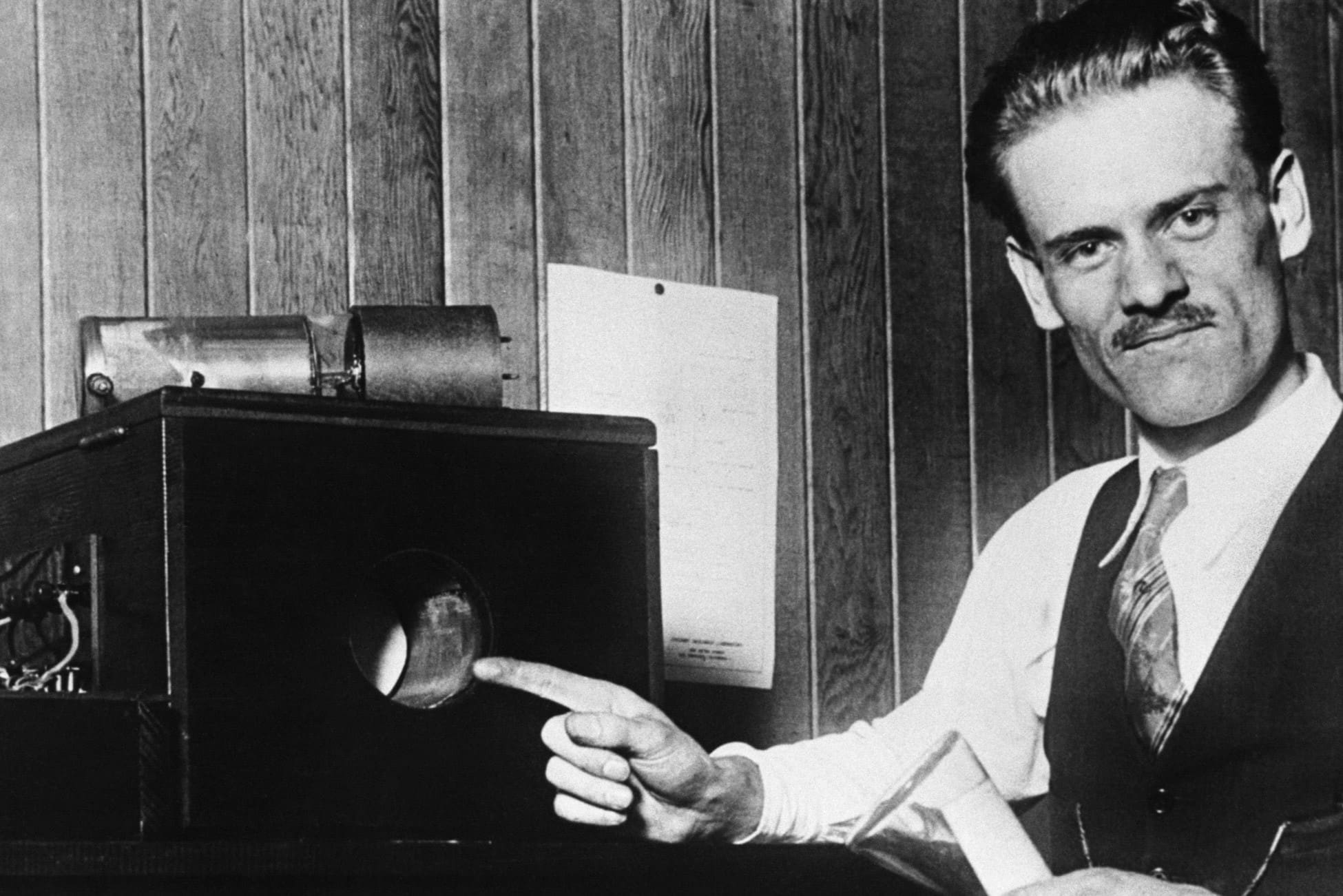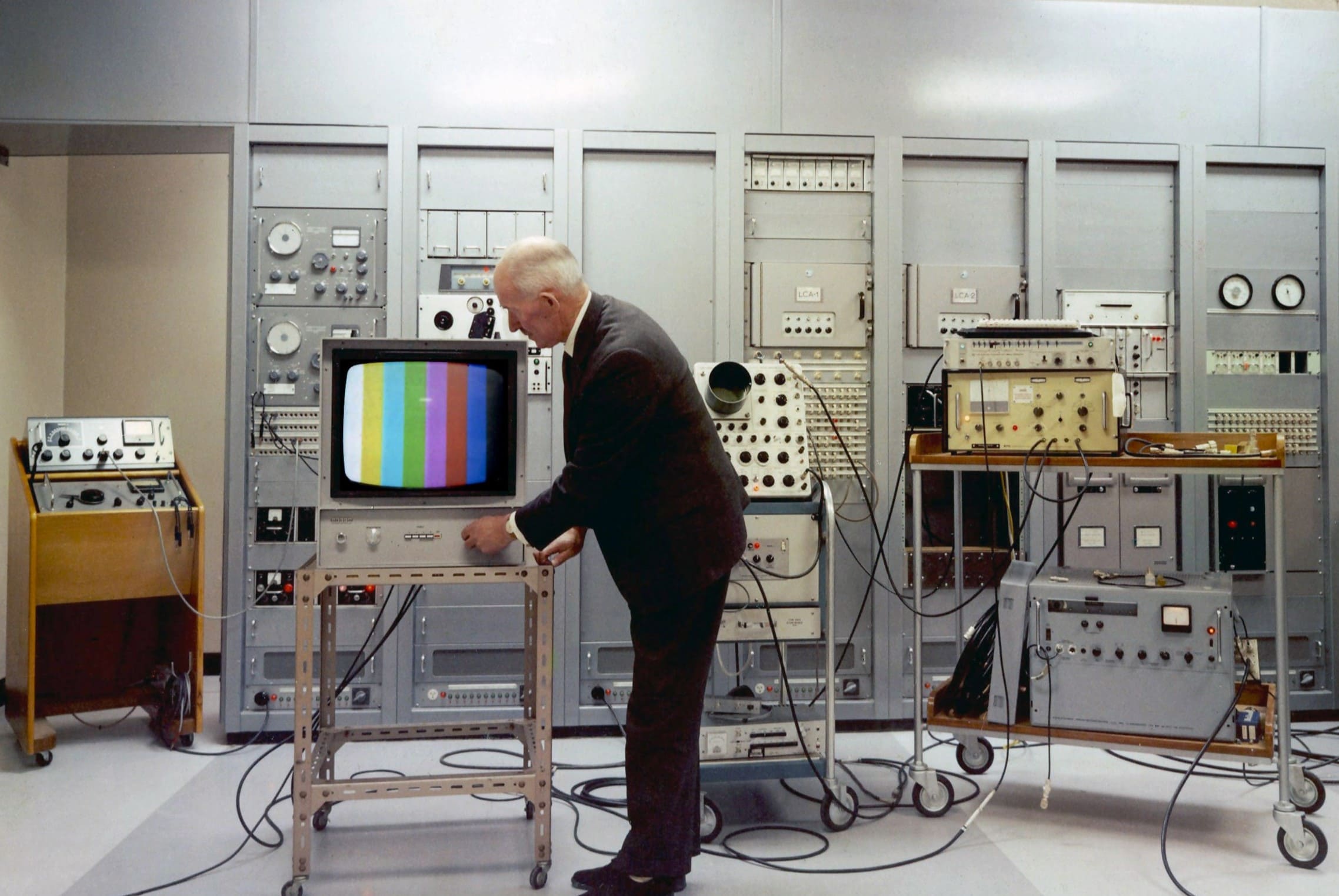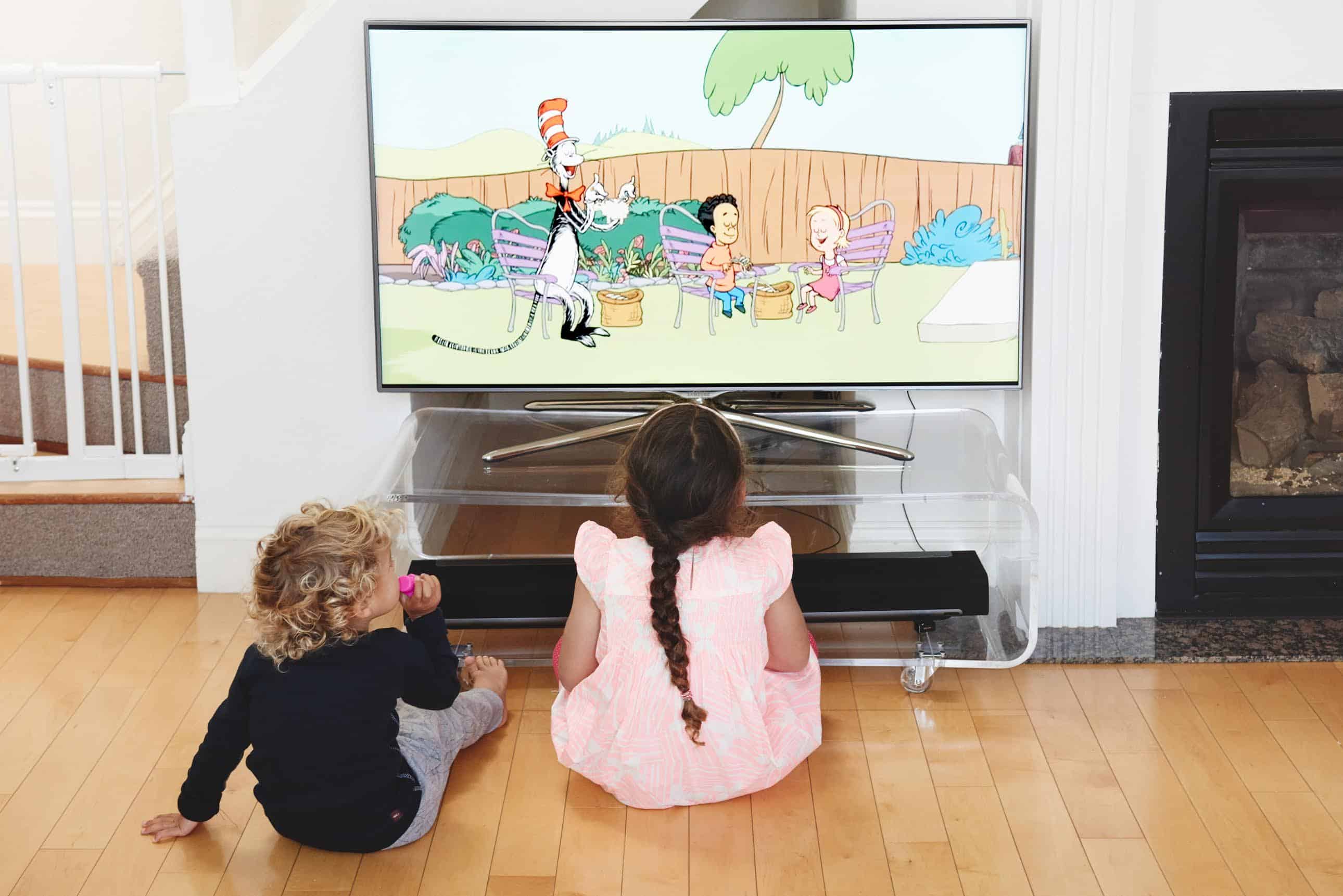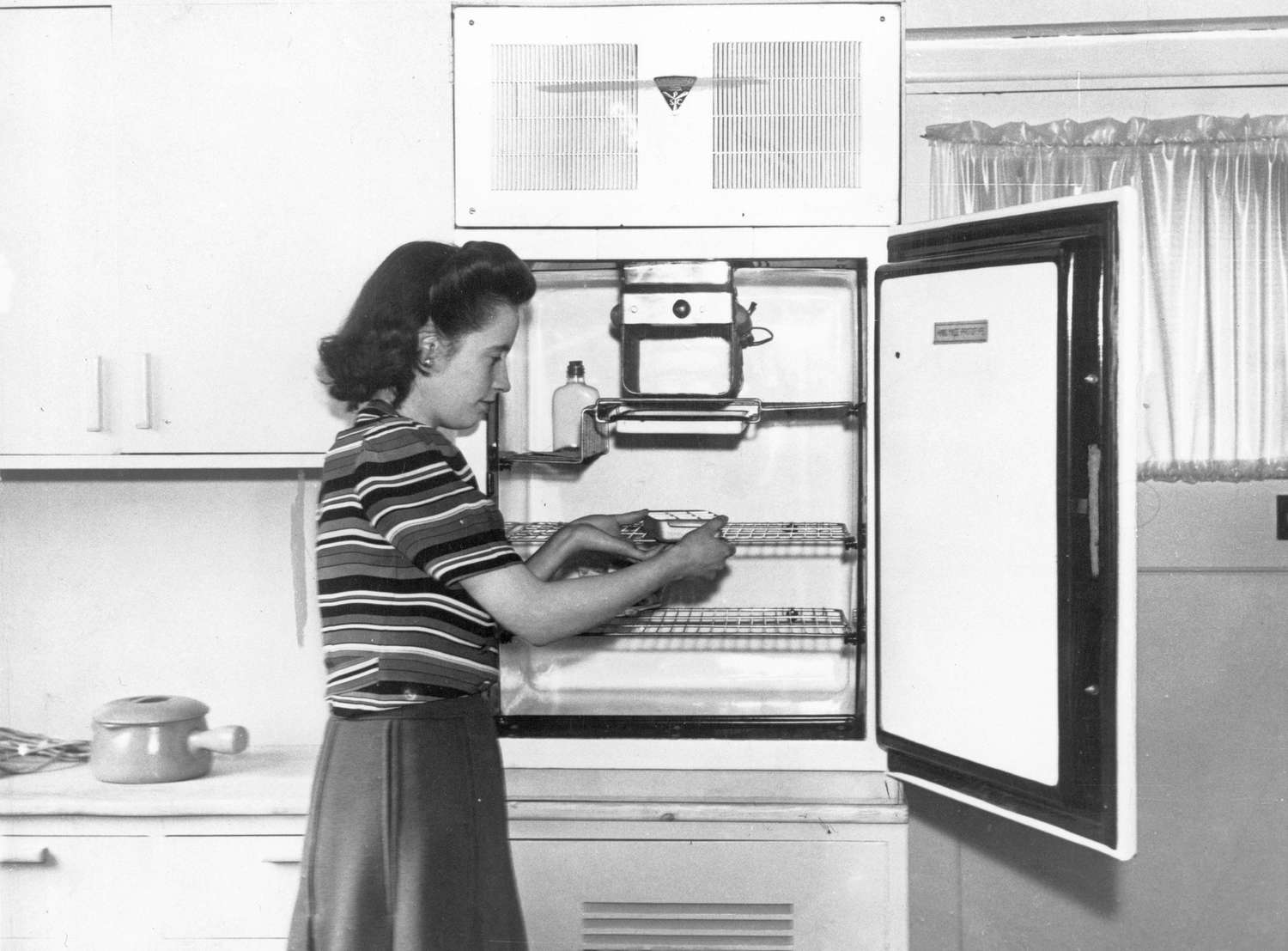Home>Technology>Home Entertainment Systems>When Was Cable Television (CATV) Invented?


Home Entertainment Systems
When Was Cable Television (CATV) Invented?
Modified: January 4, 2024
Discover the history of cable television (CATV) and its impact on home entertainment systems. Learn about the invention and evolution of CATV technology.
(Many of the links in this article redirect to a specific reviewed product. Your purchase of these products through affiliate links helps to generate commission for Storables.com, at no extra cost. Learn more)
Introduction
Welcome to the fascinating world of cable television (CATV)! Imagine a time when the concept of streaming services and on-demand entertainment was unheard of, and the idea of accessing hundreds of channels with crystal-clear picture and sound quality seemed like a distant dream. The evolution of cable television has revolutionized the way we consume media, providing a diverse array of programming and transforming the home entertainment experience.
In this article, we will embark on a journey through the history, invention, and impact of cable television. We will delve into the early origins of this revolutionary technology, explore the pivotal moment of its invention, and examine how it has shaped the modern media landscape. From its humble beginnings to its widespread influence, cable television has significantly impacted the way we access news, entertainment, and information.
Join us as we unravel the captivating story of cable television, a technological marvel that has left an indelible mark on the world of home entertainment. Let's embark on a captivating exploration of the early history, invention, and enduring impact of cable television.
Key Takeaways:
- Cable television (CATV) was invented in response to poor signal reception in remote areas, revolutionizing home entertainment by providing access to diverse programming and enhancing the viewing experience.
- The impact of cable television extends beyond entertainment, democratizing access to diverse content, fostering technological innovations, and shaping cultural conversations.
Read more: When Were Television Remotes Invented?
Early History of Cable Television
The roots of cable television can be traced back to the early 20th century, a time when over-the-air broadcasting was the primary method of delivering television content to households. In remote or geographically challenging areas, receiving clear television signals posed significant challenges. This led to the development of cable television systems designed to enhance signal reception and expand channel offerings.
During the 1940s and 1950s, communities in remote or mountainous regions encountered difficulty receiving broadcast signals due to geographical obstacles. In response to this issue, innovative individuals and small businesses began experimenting with the installation of community antenna television (CATV) systems. These early systems involved erecting tall antennas in strategic locations to capture distant television signals and then distributing the signals via coaxial cables to subscribers’ homes.
As the demand for improved television reception grew, the concept of cable television gained momentum. Communities benefited from the enhanced signal quality and access to a broader range of channels, including those from distant metropolitan areas. This marked the initial phase of cable television’s evolution, laying the groundwork for the remarkable advancements that would follow.
Although the early cable systems were relatively rudimentary compared to modern standards, they represented a significant leap forward in delivering television content to underserved areas. The expansion of cable television networks brought communities together, providing access to news, entertainment, and cultural programming that was previously inaccessible.
As the popularity of cable television continued to rise, entrepreneurs and visionaries recognized the potential for further innovation, setting the stage for the groundbreaking invention that would transform the industry forever.
Invention of Cable Television (CATV)
The invention of cable television (CATV) marks a pivotal moment in the history of home entertainment. The emergence of CATV revolutionized the delivery of television content, paving the way for an era of expanded channel offerings, improved signal quality, and enhanced viewing experiences for audiences worldwide.
The watershed moment in the invention of CATV can be attributed to the pioneering efforts of individuals such as John Walson, who played a crucial role in shaping the trajectory of cable television. In the late 1940s, Walson, a Pennsylvania-based appliance store owner, recognized the need for a reliable method of delivering clear television signals to his customers, many of whom resided in areas with poor reception.
Determined to address this challenge, Walson embarked on a groundbreaking initiative by installing an antenna atop a utility pole and running a coaxial cable to his store, where he showcased the improved television signal to astonished onlookers. This innovative approach not only provided superior picture quality but also enabled access to a broader selection of channels, laying the foundation for the modern cable television experience.
Walson’s pioneering demonstration marked the birth of the first-ever community antenna television system, a monumental achievement that would forever change the landscape of home entertainment. The success of his initiative spurred the widespread adoption of cable television systems across the United States, with other entrepreneurs and visionaries following suit to establish their own CATV networks.
As the popularity of cable television soared, technological advancements and industry innovations continued to enhance the capabilities of CATV systems, leading to the introduction of cable networks, premium channels, and interactive services. The invention of satellite technology further expanded the reach of cable television, enabling the delivery of an extensive array of programming to audiences around the globe.
Today, the invention of CATV stands as a testament to human ingenuity and the relentless pursuit of improving the television viewing experience. The impact of this invention resonates through the evolution of cable television, shaping the way we consume media and redefining the possibilities of home entertainment.
Cable television (CATV) was invented in 1948 by John Walson, who installed a cable system in Mahanoy City, Pennsylvania to improve TV reception for residents.
Impact and Evolution of Cable Television
The impact of cable television on the media landscape has been nothing short of transformative, reshaping the way audiences access and engage with a vast array of content. From its humble beginnings as a solution to poor signal reception, cable television has evolved into a multifaceted platform that has redefined the concept of home entertainment.
One of the most significant impacts of cable television has been its role in democratizing access to diverse programming. By offering an extensive selection of channels catering to various interests and demographics, cable television has empowered audiences to explore a rich tapestry of content, including news, sports, entertainment, and educational programs. This diversity has fostered a vibrant media ecosystem, allowing niche interests to flourish and providing a platform for underrepresented voices to be heard.
Furthermore, the evolution of cable television has spurred the development of innovative technologies and services that have enriched the viewing experience. From the introduction of digital cable and high-definition programming to the integration of interactive features and on-demand content, cable television has continually adapted to meet the evolving needs and preferences of audiences.
The impact of cable television extends beyond entertainment, playing a vital role in shaping cultural conversations and societal discourse. News networks delivered via cable television have become influential sources of information, providing in-depth coverage of global events and serving as platforms for informed discussions and debates. Additionally, cable channels dedicated to educational content have contributed to lifelong learning and intellectual enrichment, making knowledge accessible to a broad audience.
As cable television continues to evolve, it has also become a catalyst for the creation of original and compelling programming. The rise of cable networks producing high-quality scripted series, documentaries, and reality shows has transformed the television landscape, offering audiences a wealth of engaging content that rivals traditional broadcast networks.
The enduring impact and evolution of cable television underscore its enduring relevance in an era marked by technological advancements and shifting viewing habits. As the industry continues to innovate and adapt to new paradigms, cable television remains a cornerstone of the home entertainment experience, providing a gateway to a world of captivating content and enriching experiences.
Conclusion
The journey through the history, invention, and impact of cable television (CATV) unveils a remarkable narrative of innovation, perseverance, and the enduring influence of this groundbreaking technology. From its modest origins as a solution to signal reception challenges to its evolution into a multifaceted platform that has redefined home entertainment, cable television has left an indelible mark on the media landscape.
As we reflect on the early history of cable television, we are reminded of the pioneering individuals and communities who sought to improve television reception and expand access to diverse programming. Their ingenuity and determination laid the groundwork for the invention of CATV, a watershed moment that transformed the way we consume media and engage with the world around us.
The impact of cable television reverberates through its democratization of content, technological advancements, and cultural significance. By offering a diverse array of channels and fostering the creation of original programming, cable television has empowered audiences to explore a rich tapestry of content while serving as a platform for informed discourse and societal dialogue.
As we look to the future, the enduring relevance and evolution of cable television underscore its resilience and adaptability in an ever-changing media landscape. From digital innovations to the expansion of on-demand services, cable television continues to meet the evolving needs and preferences of audiences, ensuring its continued role as a cornerstone of home entertainment.
In conclusion, the story of cable television is a testament to the transformative power of human ingenuity and the enduring impact of technological innovation. As we embrace the boundless possibilities of the digital age, cable television remains a steadfast companion, offering a gateway to a world of captivating content and enriching experiences for generations to come.
Frequently Asked Questions about When Was Cable Television (CATV) Invented?
Was this page helpful?
At Storables.com, we guarantee accurate and reliable information. Our content, validated by Expert Board Contributors, is crafted following stringent Editorial Policies. We're committed to providing you with well-researched, expert-backed insights for all your informational needs.
















0 thoughts on “When Was Cable Television (CATV) Invented?”